Five Scientific Discoveries, Google Earth has Made Possible
Thanks to satellite photos of the Earth’s surface. Due to these photos scientists were able to explore the area where anyone did not occur to send scientific expeditions. As well as it show a new angle to look at the long-studied sites. Over the past few years thanks to Google Earth that made several important discoveries.These discoveries are made completely random people.
Remains of Roman villa, Italy, 2005
It is One of the earliest archaeological discoveries made in Google Earth, held in 2005.Ironically, the author of the opening, a local resident Luke Mori (Luca Mori) has launched a program just to explore the area near his native Parma. Quite suddenly he noticed a strange oval artifact in the fields near the city. Luca Mori took him for a computer glitch, but nevertheless informed the specialists of the National Archaeological Museum, which organized the expedition. Immediately after the start of excavation, they found the remains of ancient ceramics and ancient Roman villa, built by BC.
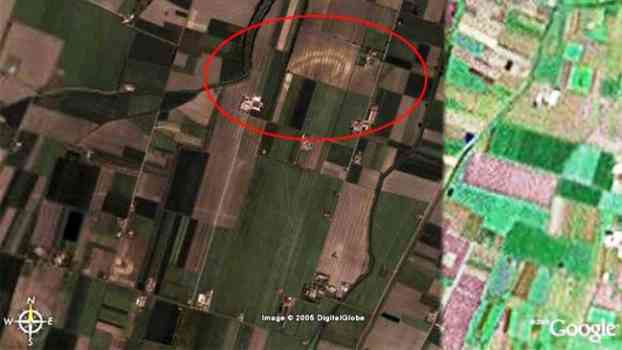
Australopithecus sediba age two million years, South Africa, 2008
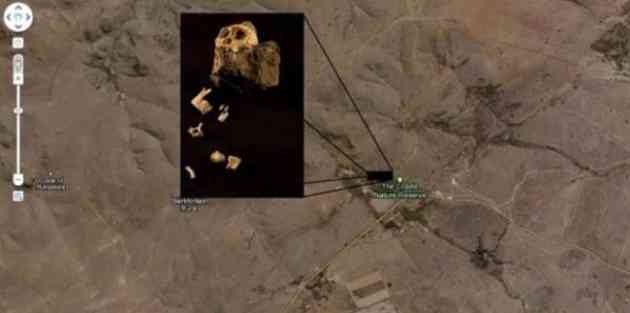
Paleoanthropologist Lee Berger, a bold set out in courageous study of South Africa, running Google Earth in the comfort of his office. Professor began to explore the area of limestone caves in South Africa, which is known to scientists as the Cradle of Mankind .Berger found on satellite images of previously unknown caves suitable for the life of ancient people. In 2008 he organized an expedition polulyubitelskuyu, taking with him only one student, as well as his son and dog. On the site they found fifty alleged accommodation of Australopithecus. visit one of the caves, his father sent a 9-year-old son to look around, and after 15 minutes he brought the stone to perfectly preserved fossilized fragments of the clavicle and the lower the jaw. Excavations at the site have revealed skeletons and fragments of other women and a teenager whose age is estimated at 1,78-1,95 Ma. The importance of this discovery is that the obtained samples belong to a new, previously unknown form of Australopithecus, very similar to the people. That’s two million years ago apes began to walk on two legs, and use the tools to form the beginnings of speech. The new species was named Australopithecus sediba (Australopithecus sediba). Probably, this species is an ancestor of Homo habilis, then there is a bridge from apelike hominid species to modern humans.
Lee Berger and skeletal fragments belonging to the species Australopithecus sediba.
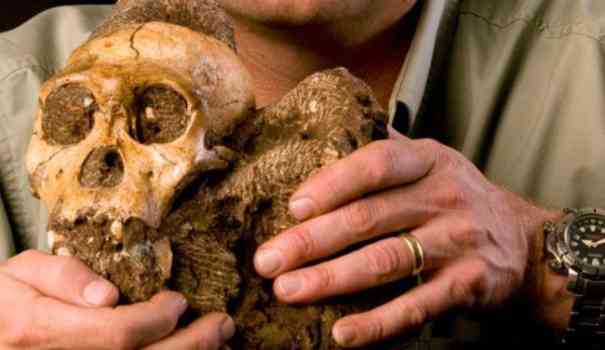
Tropical forest on Mount Mabu, Mozambique, 2008
The satellite photos of northern Mozambique the British scientist Julian Bayliss (Julian Bayliss) found a complete unknown “oasis” – an isolated rain forest, located high in the mountains in a remote place. It turned out that this forest is known by locals, but there has never been fitted out a scientific expedition. But these isolated territories are especially interesting to biologists because they often find new species of animals and plants. Mount Mabu did not disappoint – in 2008 an expedition was sent there, the results of that study until now. In total, it was discovered more than a hundred (!) Of new species – plants, birds, butterflies, monkeys, snakes – all in three weeks. This tropical forest experts jokingly call called Google Forest.
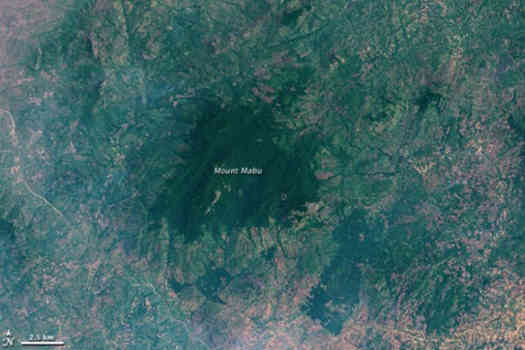
Stone artifacts, Saudi Arabia, 2011
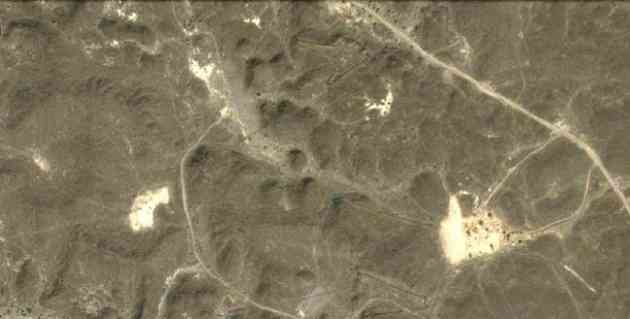
As wilds of Mozambique, the deserts of Saudi Arabia only unfriendly to researchers and travelers. In early 2011, the Australian scholar David Kennedy (David Kennedy) decided it would be easier to initially explore the area on satellite images than to find something in the sand. The study of desert meter by meter bore fruit – was discovered more than 2,000 sites on which something is viewed. These coordinates are entered on the list, and on-site study revealed several thousands of artifacts of ancient civilizations – the stone wheels, the
trap for the birds, the tomb of a strange shape, and much more. The artifacts are scattered over a vast area from Syria to Yemen, are more than 9,000 years.
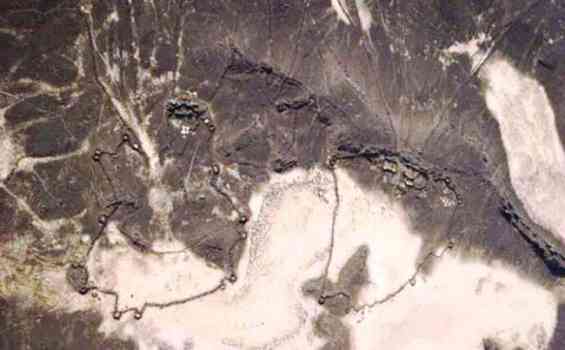
Ancient pyramids, Peru, 2008
In 2008, scientists were able to detect a large number of ancient pyramid under a layer of soil in the desert of Peru, combining images of Google Earth with infrared photography.The pyramids were found under a field of wheat, one kilometer from the famous Nasca geoglyphs – a group of giant geometric shapes, each about the size of a hundred meters (triangles , spirals, bird, monkey, spider flowers). These geoglyphs noticed only in the 20th century, when the plane flew over them. By gigantic figures can not be covered with earth.
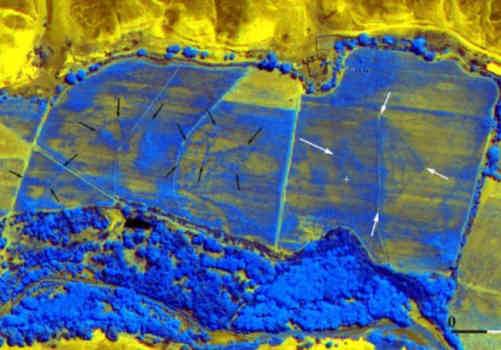

Shortlink:

Recent Comments